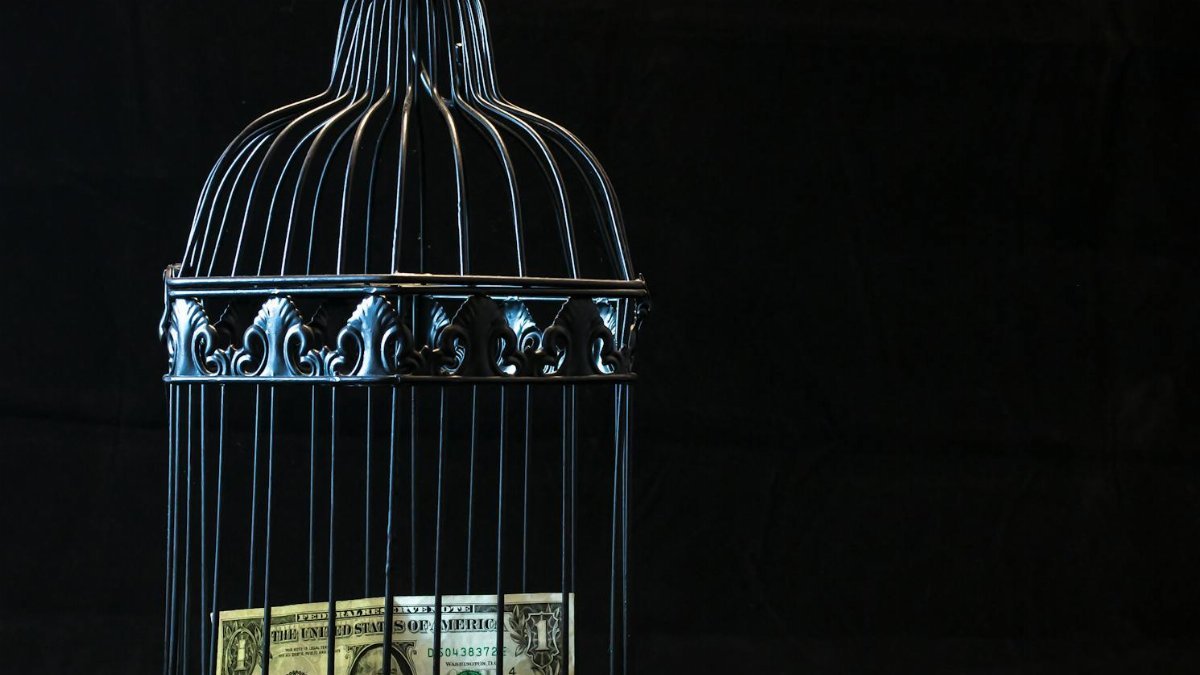Is the one page budget the secret to financial peace that tech-savvy apps can’t deliver? For many Americans drowning in digital notifications and budgeting app overwhelm, a simple sheet of paper is proving to be a game-changer. This no-frills approach strips away the noise, offering a clear snapshot of income, expenses, and goals on a single page. As stress over money continues to impact mental health in 2025, more people are turning to analog tools to regain control without the digital baggage.
What Is a One Page Budget?
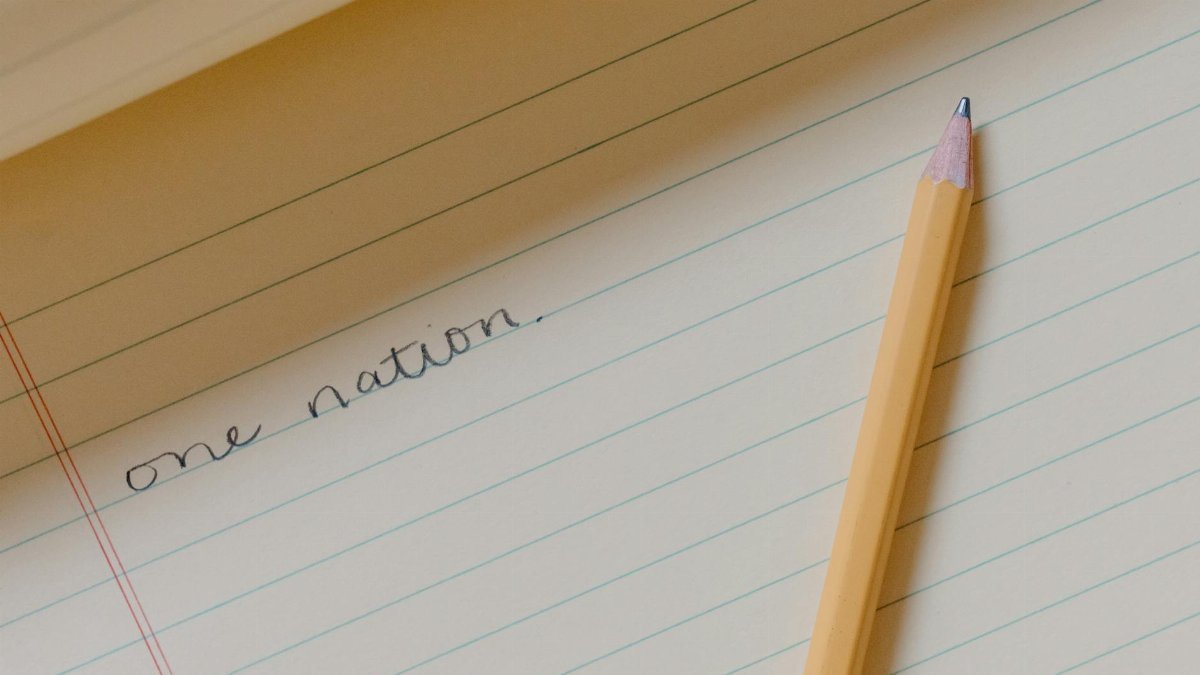
A one page budget is exactly what it sounds like: a straightforward financial plan condensed onto a single sheet. It typically includes monthly income, fixed expenses, variable spending, savings goals, and debt payments. Unlike apps that ping endless alerts or bury data in menus, this method keeps everything visible at a glance. It’s a tactile, intentional way to manage money, especially for those who find digital tools anxiety-inducing.
Why Apps Are Stressing Us Out

Budgeting apps promise ease, but for some, they deliver chaos. Constant notifications about overspending or subscription renewals can spike anxiety. A 2023 study by the American Psychological Association found that money is a top stressor for 66% of adults, often worsened by tech overload. Scrolling through graphs or forgetting passwords adds unnecessary friction, pushing users to seek simpler alternatives.
The Mental Health Connection

Financial stress and mental health are deeply linked. When budgets feel unmanageable, anxiety and depression often follow. The tactile act of writing out a one page budget can be grounding, offering a sense of agency. Therapists note that analog methods reduce screen time, which is tied to better sleep and lower stress, according to research from National Institute of Mental Health.
How to Create Your Own Sheet
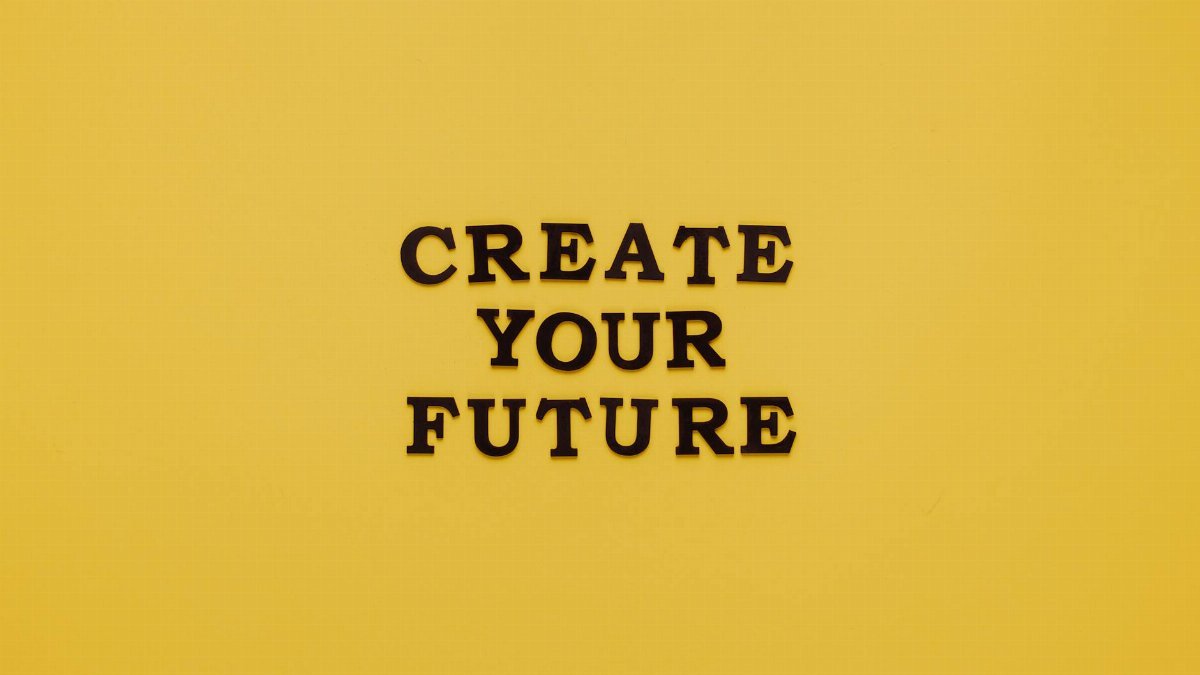
Starting is simple. Grab a piece of paper or a printable template. List your monthly income at the top, then subtract fixed costs like rent and bills. Allocate amounts for groceries, entertainment, and savings. What’s left can tackle debt or extras. Keep it visible—stick it on the fridge or desk. Review it weekly to adjust as needed, no login required.
Who Benefits Most From This Method?
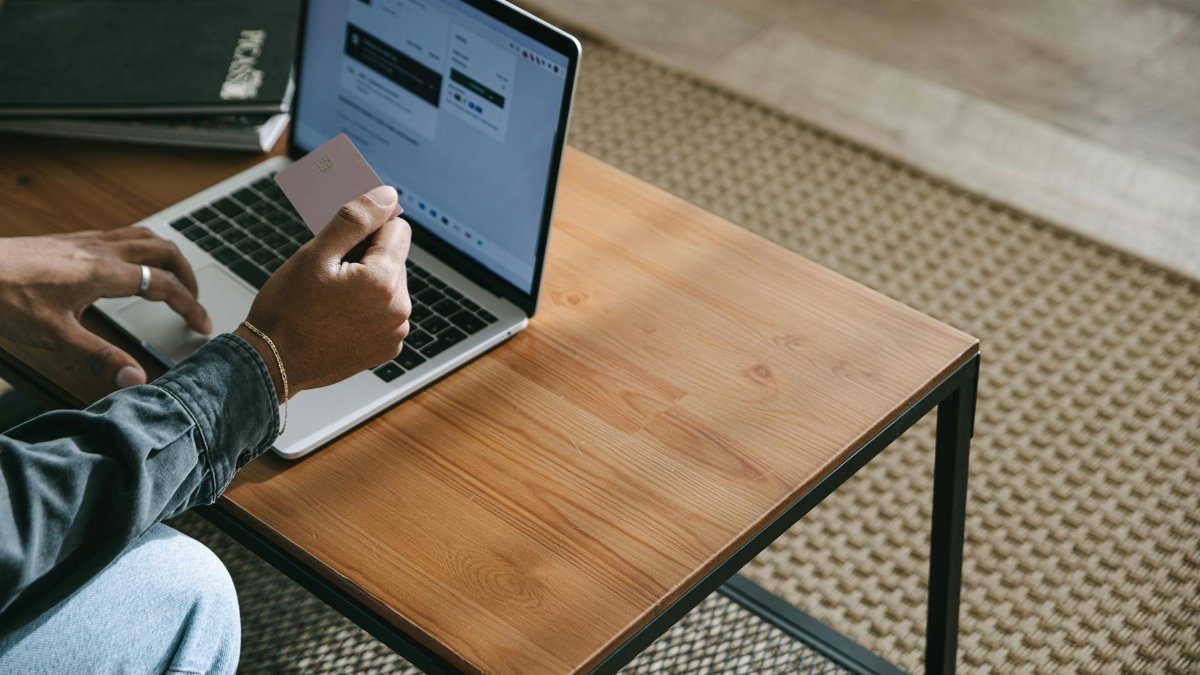
This approach isn’t for everyone. It shines for visual learners, those wary of tech, or anyone overwhelmed by app clutter. Older adults or people with limited digital access also find it practical. If you’re someone who craves simplicity over real-time tracking, this could be your fix. One user shared, “I stopped panicking about money once I could see it all on paper.”
Limitations to Consider
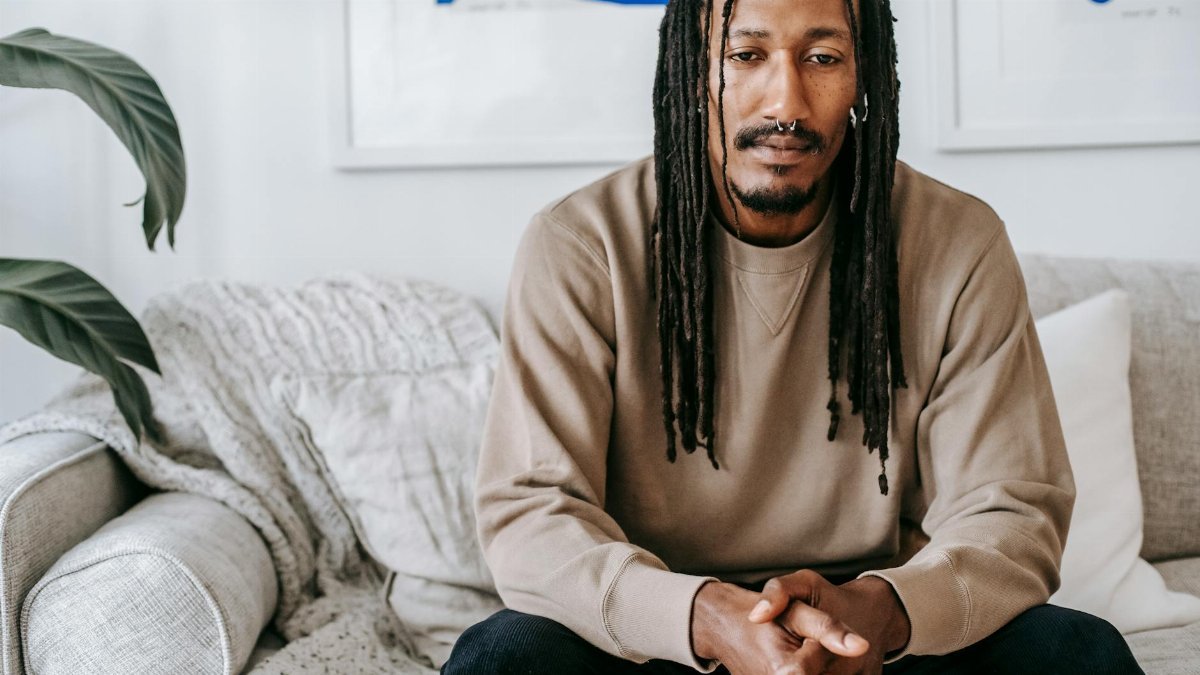
The one page budget has drawbacks. It lacks automation, so you’re on your own for tracking real-time spending or recurring payments. It’s also easy to misplace a sheet or forget updates. For complex finances with multiple accounts, apps might still edge out. Weigh your needs—sometimes a hybrid of paper and tech works best.
Why Analog Is Making a Comeback
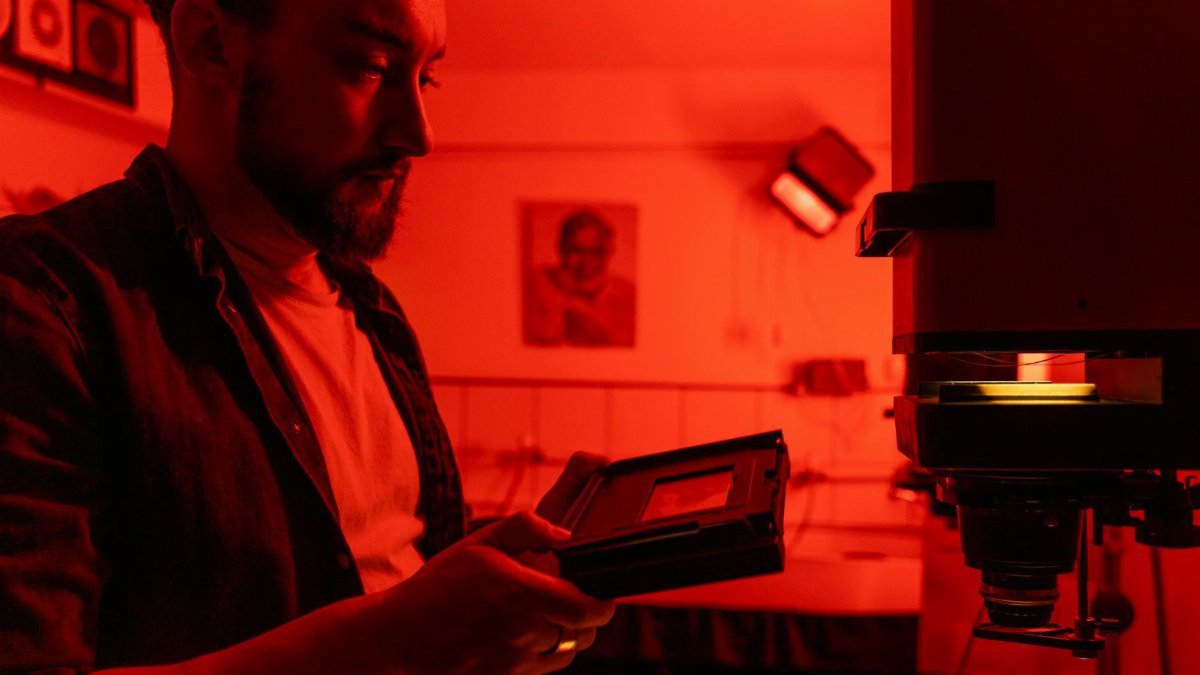
In 2025, the push for mindfulness is fueling a return to analog tools. Bullet journaling, handwritten to-do lists, and paper budgets are trending as people seek to unplug. The act of writing engages the brain differently than tapping a screen, fostering focus. For those burned out by digital solutions, this old-school method is a quiet rebellion against tech overload.
